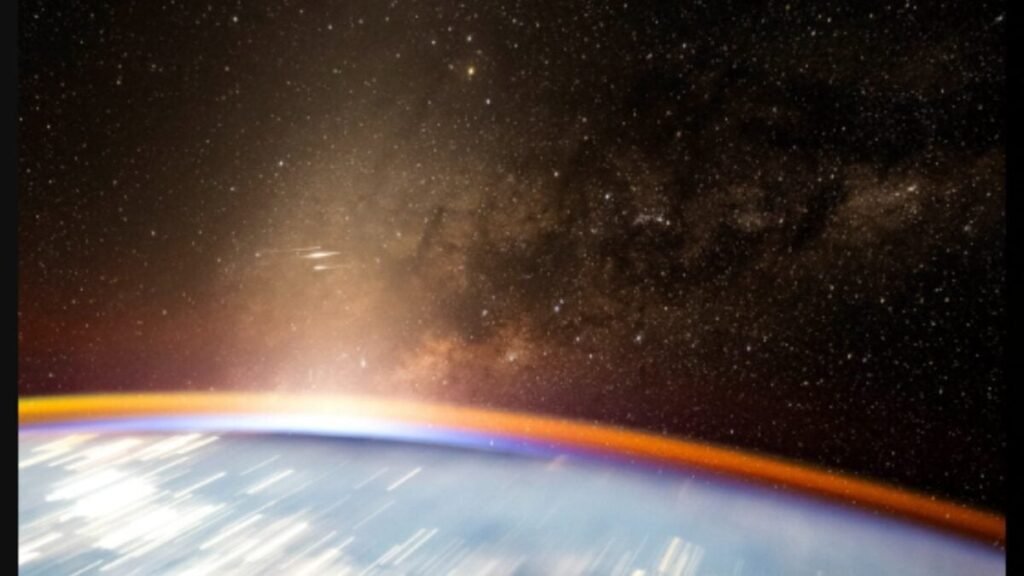An astronaut records from space the brightness of Starlink and warns about the orbital pollution we are heading towards.

Terrestrial has ceased to be an exclusive phenomenon for those observing from the ground. For the first time, an astronaut has documented the visual impact of SpaceX’s orbital swarm, showing how the luminosity of these satellites is perceptible even from space.
The protagonist is Don Pettit, a member of the International Space Station (ISS), who recorded a video in which the passage of a group of Starlink satellites crossing the Earth’s atmosphere is clearly seen. The material, recently released, shows a true “light train” that travels through the sky with an unusual intensity, creating a spectacle that can be confused with celestial bodies like Jupiter.
An impressive… and worrying spectacle

Pettit explained that the view from the ISS is awe-inspiring, but also unsettling: the brightness of the satellites is so strong that it alters astronomical observation even from outside the planet. With Starlink, Elon Musk’s project has already transformed the appearance of the night sky.
The so-called “Starlink trains” – rows of newly deployed satellites moving in formation – were initially a source of fascination for the public, but today they are a source of light pollution that worries astronomers and scientists. Their brightness disrupts optical records and hinders the detection of celestial bodies, affecting both.
The view from the International Space Station
The video captured by Pettit shows a succession of bright points moving in a straight line over the Earth’s horizon, with a clarity impossible to achieve from the surface. The scene reflects how Starlink satellites, designed to provide internet connection in remote areas, also in low orbit.
My best sighting of a Starlink satellite “train” from orbit!
— Don Pettit (@astro_Pettit)
Consulted by users on social networks, the astronaut pointed out that the brightness of some of these satellites is comparable to that of Jupiter or Venus, a fact that confirms the fears of the scientific community about the alteration of the stellar landscape.
An increasingly saturated orbit
The Starlink constellation is growing at an accelerated pace: SpaceX has already launched thousands of additional units so far this year, and plans aim to exceed 12,000 active satellites in the next decade. However, this massive deployment is not without consequences.
Astrophysicists warn that the constant increase of objects orbiting Earth increases the risk of collisions and generates space debris difficult to control. According to recent estimates, , reentering the atmosphere and partially disintegrating. Although most do not pose a direct danger to the population, the phenomenon illustrates the degree of saturation of Earth’s orbit.
The tension between innovation and space sustainability
The expansion of Starlink poses a dilemma that goes beyond technology: how to balance the advancement of global telecommunications with?
While SpaceX ensures that it is implementing measures to reduce the brightness of its satellites, the images recorded by Pettit demonstrate that the challenge persists. For many astronomers, the night sky – once a natural canvas for scientific and cultural observation – is becoming a highway of artificial lights reflecting a new era of space occupation.
[Source: ]




